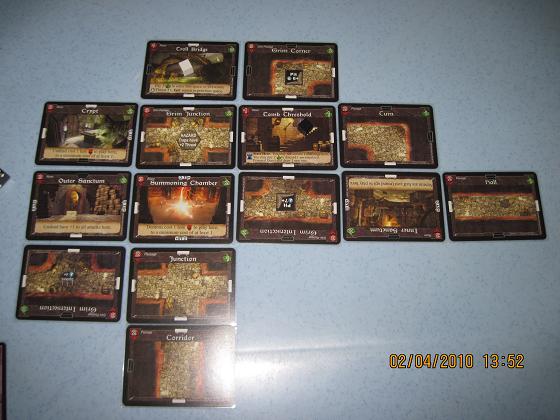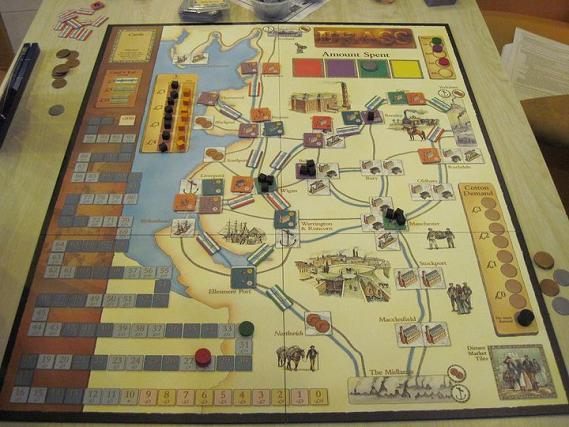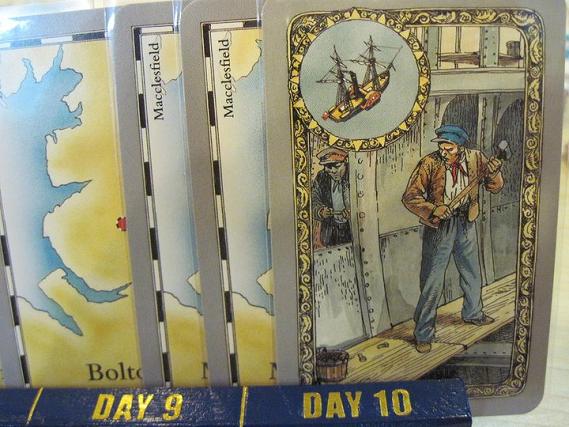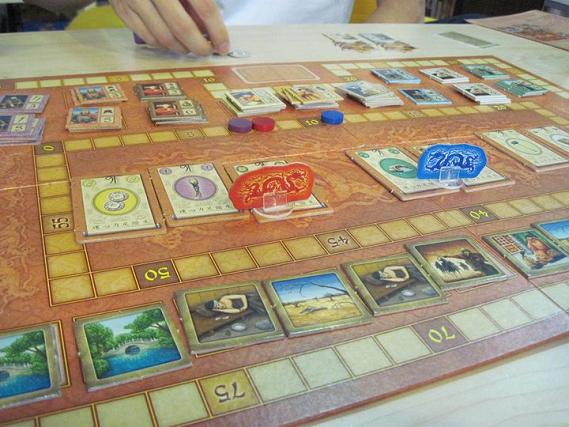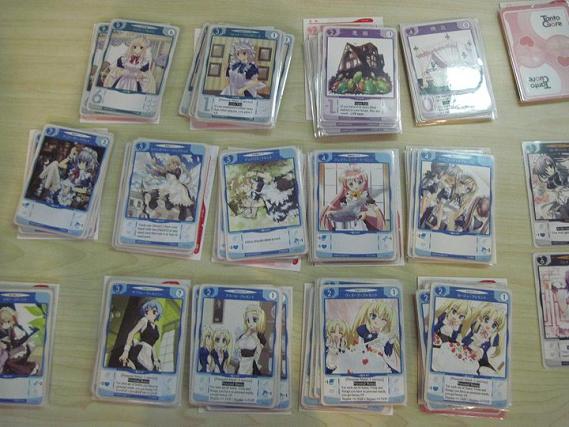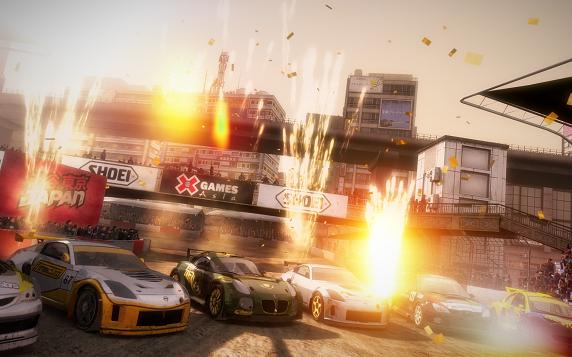
Thebes is a lighter weight game that we played recently. What’s particularly cool about this one is that it’s the rare euro game in which the game’s mechanics meshes with its theme perfectly. Here, the players take on the roles of archaeologists who compete against each other to win prestige and recognition. This is mainly accomplished by making some impressive finds at the dig sites but you can also earn some good points from organizing congresses. I suppose that means talking up your prestige.
When you dig in this game, it’s literal. The game includes four cloth bags corresponding with the different dig sites and different sets of tiles for each of them. Digs are carried out simply by blindly pulling out tiles from the cloth bags. If you snag an artifact tile, then it and the points printed on it are yours to keep. What is nasty is that each bag also includes a fair number of blank tiles, representing nothing but sand. Whenever these are drawn, they go back into the bag. Over time, as all of the good stuff gets dug out, obviously the proportion of sand tiles to artifact ones increases, making excavation of that particular site ever less enticing.

